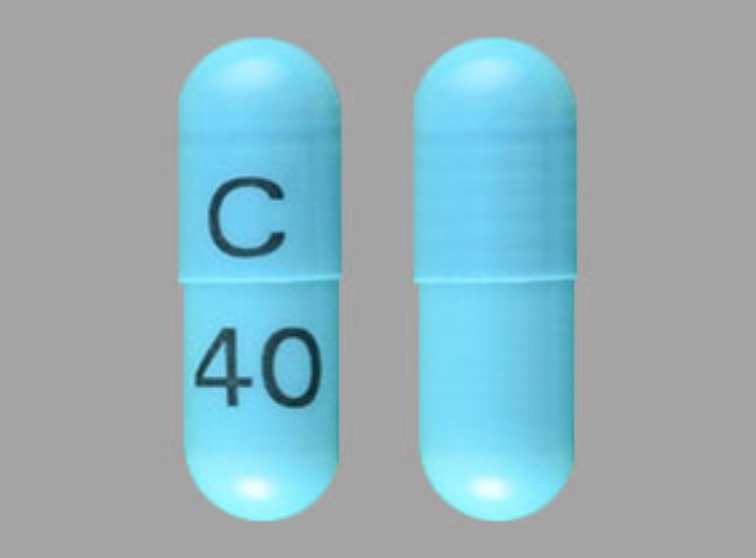Clindamycin is an antibiotic that has been around for a long time. There are quite a few quirks with this medication and I wanted to cover my top 5 clindamycin clinical pearls that may show up on board exams and in clinical practice.
C. Diff Risk
Let’s start with one of the major risks associated with clindamycin. Clindamycin is virtually the number one drug to think of when we think of drugs that can increase the risk for C. Diff colitis. This is one of the primary reasons why clinicians think twice about using this medication when treating an infection.
Coverage
Clindamycin has good gram-positive coverage but poor gram-negative coverage. Clindamycin is well known to cover gram-positive species like Staphylococcus and Streptococcus. It even has activity against MRSA and can be a potential oral alternative to doxycycline or Bactrim. In addition to the gram-positive coverage, it is usually a consideration when considering treatment for many anaerobic species such as Clostridium and Bacteroides fragilis.
Dosing
Another challenge that may limit the use of clindamycin is the frequency of dosing that is required. Clindamycin typically has to be dosed 3-4 times per day which can negatively impact patient adherence. A potential advantage of clindamycin is that it has numerous dosage forms including oral and intravenous which may help a patient transition from the hospital to an ambulatory setting more easily.
CYP3A4 Interactions
We unfortunately do have to pay attention to drug interactions with clindamycin. Specifically, clindamycin is significantly metabolized by CYP3A4. Alterations in this enzyme by other medications may impact clindamycin’s ability to be effective or increase the risk of toxicity. CYP3A4 inhibitors can increase drug concentrations while CYP3A4 inducers can lower drug concentrations.
GI Adverse Effects
The last of my clindamycin clinical pearls includes unique GI adverse effects. Both of these practice pearls I have seen show up on pharmacology exams throughout my career. Clindamycin has been associated with causing taste disturbances and more specifically, a metallic taste. The other potential GI concern is esophagitis. Because of this adverse effect, it is recommended to take clindamycin with a full glass of water and remain upright for 30 minutes following administration (while maybe not as severe, think similar administration to bisphosphonates).
What else would you add to this list of clindamycin clinical pearls?



Have you seen clindamycin interacting with warfarin to increase a patient’s INR? One reference I have identifies no interaction but another does list a DDI with warfarin.
There isn’t a direct CYP interaction that I am aware of, but I always consider closer monitoring with all antibiotics for two major reasons. 1. Many can kill the vitamin K producing bacteria. 2. Patients often will have a change in appetite and eating if they are being treated for an infection. This can alter vitamin K intake. – Best, Eric
Awesome information! Thank you!